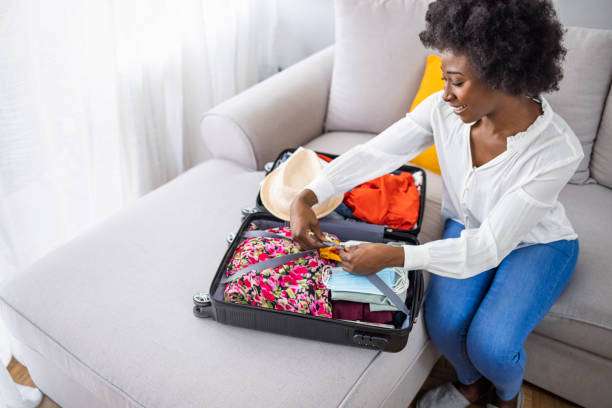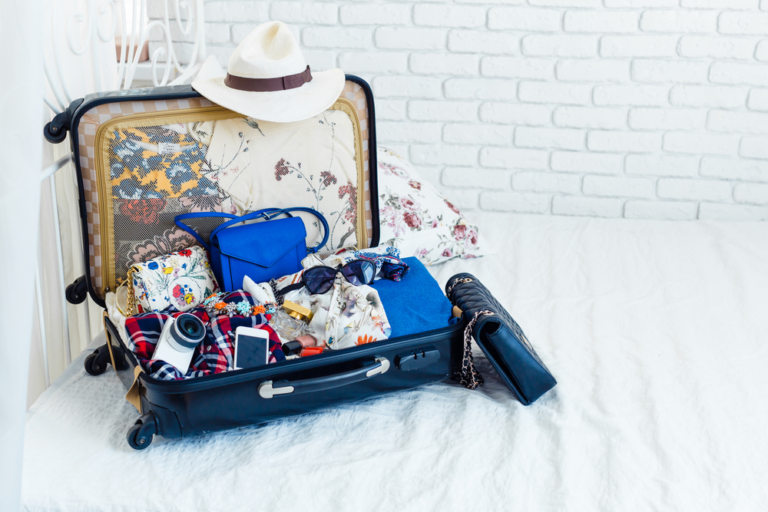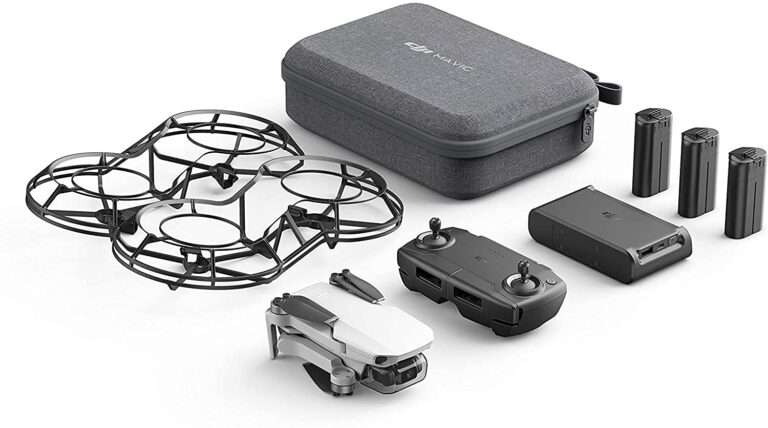Stepping onto an airplane for the first time is exciting, a bit nerve-wracking, and filled with possibilities. Whether you’re heading on a dream vacation, visiting family, or starting an adventure as a digital nomad, flying can be a smooth experience with a little preparation. Here are some handy tips to ensure your first flight is as stress-free and enjoyable as possible.
Pre-Flight Prep: Getting Ready to Take Off
Book Smart
Timing Matters: Try to book flights during non-peak hours. Early-morning or late-night flights can be less crowded, which means shorter lines and a quieter experience. Flights in the middle of the week, such as Tuesday or Wednesday, are often cheaper and less busy.
Choose Your Seat: When booking, you’ll often have the option to select your seat. If you’re prone to motion sickness, go for a seat over the wings where the ride is typically smoother. Love a good view? Window seats offer great sights but come with less mobility. Need to stretch? An aisle seat will give you more freedom to move. For extra legroom, consider booking an exit row seat, but note that you must be willing and able to assist in an emergency.
Pack Like a Pro
Carry-On Essentials: Pack a change of clothes, travel-sized toiletries (remember the 3-1-1 rule: containers must be 3.4 ounces or less, in a one-quart bag, with one bag per passenger), medications, a book or tablet, headphones, snacks, a water bottle (which you can fill after passing through security), and any valuables. Keep these items in a backpack or small roller bag that fits the airline’s carry-on size limits.
Check Luggage Rules: Airlines have specific rules about luggage size and weight. Avoid surprises at the airport by checking these in advance on your airline’s website. If your luggage exceeds the weight limit, you could face hefty fees.
Documents in Order
ID and Passport: Make sure you have a valid ID or passport, depending on whether you’re flying domestically or internationally. Double-check that your passport is valid for at least six months beyond your travel dates.
Boarding Pass: Print it out at home or have it ready on your phone. Many airlines allow you to check in online and download a mobile boarding pass 24 hours before departure.
At the Airport: Navigating the Chaos
Arrive Early
Domestic Flights: Aim to be at the airport at least 2 hours before departure to account for check-in, security, and potential delays.
International Flights: 3 hours is a safe bet to handle customs and immigration procedures, especially if you’re unfamiliar with the airport layout.
Check-In
Online Check-In: Save time by checking in online 24 hours before your flight. This also gives you a chance to confirm your seat assignment and make any last-minute changes.
Baggage Drop: Head to your airline’s counter to drop off any checked luggage. Ensure your bags are tagged correctly with your final destination and a personal ID tag in case they get lost.
Security Screening
Prepare for the Scanner: Place liquids (in containers of 3.4 ounces or less) in a clear plastic bag. Remove electronics larger than a cell phone, take off shoes, belts, and jackets, and be ready to place them in bins for screening. Keep your boarding pass and ID handy for the security checkpoint.
Find Your Gate
Follow Signs: Airports have clear signs to help you find your way. Look for signs indicating your gate number, which can also be found on your boarding pass. Double-check your gate number on the departure board as gates can change at thelast minute. Find a seat near your gate and keep an ear out for announcements.
On the Plane: Settling In for the Journey
Boarding
Listen to Announcements: Boarding usually happens in groups or zones. Listen for your group to be called and have your boarding pass ready to scan. Be mindful of your zone to avoid blocking the boarding process.
Stowing Your Stuff
Overhead Bins and Under Seats: Place larger carry-ons in the overhead bin and smaller items under the seat in front of you. Be considerate of other passengers’ space and avoid overstuffing the bins.
Comfort Essentials
Dress in Layers: Airplane cabins can be chilly, so wear or bring a sweater or jacket. Compression socks can also help with circulation on long flights.
Stay Hydrated: Airplane air is dry, so drink plenty of water. Avoid excessive alcohol or caffeine, which can contribute to dehydration.
Snacks and Entertainment: Pack some snacks, especially if your flight doesn’t offer complimentary meals. Download movies, music, or books to your devices beforehand since Wi-Fi can be spotty or expensive.
In the Air: Enjoying the Ride
Takeoff and Landing
Ear Pressure: Chew gum, yawn, or swallow to relieve ear pressure during takeoff and landing. Some people find that using earplugs or filtered earplugs specifically designed for flying helps.
Seatbelt Sign: Keep your seatbelt fastened when the sign is on, and whenever you’re seated, for safety. Turbulence can occur unexpectedly.
In-Flight Service
Meals and Drinks: Depending on your flight duration and airline, you may get meals, snacks, or drinks. Feel free to ask flight attendants if you need anything. If you have dietary restrictions, inform the airline in advance.
Cabin Crew: The flight attendants are there to ensure your safety and comfort. Don’t hesitate to ask them if you need assistance or have questions about the flight.
Stretch and Move
Walk Around: On longer flights, get up and walk around a bit to avoid stiffness and improve circulation. Simple stretches in your seat can also help.
Arrival: Navigating Your Destination Airport
Disembarking
Gather Belongings: Make sure you have all your carry-on items before leaving the plane. Check the seatback pocket, under your seat, and the overhead bin.
Follow Signs: Look for signs directing you to baggage claim, customs (if international), or ground transportation. If you’re connecting to another flight, follow signs for connecting flights.
Baggage Claim
Grab Your Bags: Look for your flight number on the baggage claim carousel and wait for your luggage. Check the tag to ensure it’s yours. If your bag is missing or damaged, go to the airline’s baggage service office immediately.
Customs and Immigration
Have Documents Ready: If traveling internationally, be ready to show your passport and complete any necessary forms. Answer questions from customs officers honestly and succinctly.
Global Entry and TSA PreCheck: If you travel frequently, consider enrolling in these programs to expedite security and customs processes.
Transportation
Plan Ahead: Know how you’ll get from the airport to your next destination, whether it’s a taxi, ride-share, public transportation, or rental car. Some airports offer shuttle services to nearby hotels or city centers.
Final Thoughts
Flying for the first time can be a breeze with a little preparation. Remember, everyone around you has been a first-time flyer at some point, so don’t hesitate to ask for help if you need it. Take your time, stay calm, and enjoy the journey. As you get more comfortable with flying, it will become second nature. For more travel tips, tricks, and destination guides, visit PassportSis.net and turn every trip into an adventure of a lifetime.






